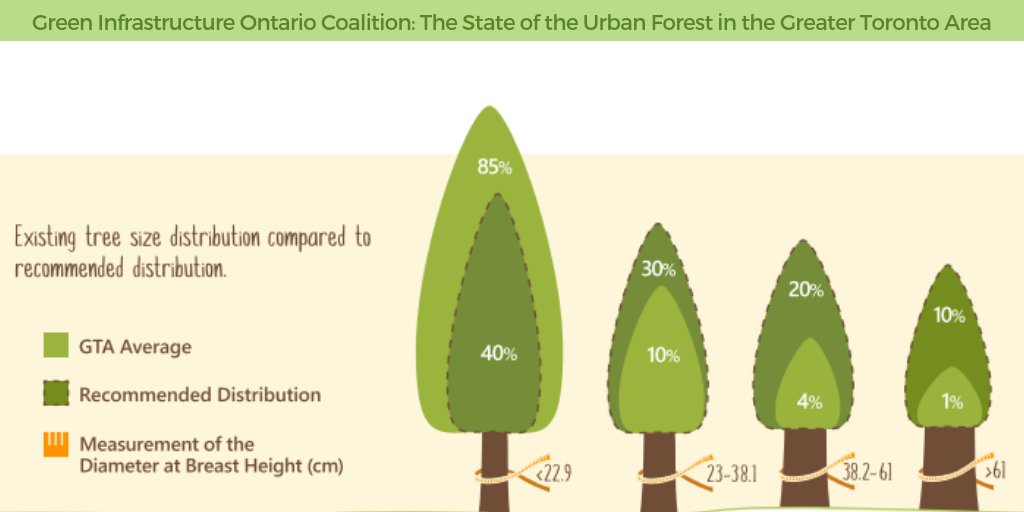Taking Care Of Your Landscape After Tree Removal Is Important For Its Remediation; Discover Important Procedures To Rejuvenate Your Environment And Prevent Future Issues
Taking Care Of Your Landscape After Tree Removal Is Important For Its Remediation; Discover Important Procedures To Rejuvenate Your Environment And Prevent Future Issues
Blog Article
Recommended Looking at By-Graham Cochrane
After a tree's elimination, your landscape might look quite different, and it's vital to analyze the after-effects very carefully. You'll intend to evaluate the soil disruption and inspect surrounding plants for any kind of indicators of stress. Ignoring these elements can result in bigger troubles down the line. So, what should you make with those stumps and origins? And exactly how do you pick the very best plants for your revitalized space? Allow's discover these crucial steps.
Assessing the After-effects: Evaluating Your Landscape
After a tree removal, it's vital to analyze your landscape to understand the influence it carries your backyard.
Beginning by analyzing the location where the tree stood. Seek indications of soil disruption, and inspect the surrounding plants for any stress and anxiety or damage.
You should additionally take note of just how the elimination has changed sunshine direct exposure and airflow in your yard. This change can influence the development of neighboring plants, so it's necessary to examine their health and wellness.
Think about the visual aspects also; the removal may produce an open space that you can upgrade.
Lastly, think of Read the Full Report of potential disintegration problems that could arise from the tree's absence. Attending to these variables early will help recover equilibrium to your landscape.
Taking care of Stumps and Roots: Options for Elimination
When you have actually evaluated the aftermath of the tree removal, you'll likely require to tackle the stump and origins left.
You have a few options for elimination. One effective method is stump grinding, where a professional makes use of a device to grind the stump down to below ground level. This method leaves very little disruption to your landscape.
If you prefer a DIY approach, you can use a mix of excavating and chemical stump cleaners. Just remember, this procedure can require time and effort.
Additionally, consider leaving the stump as a natural attribute, which can function as an unique yard element or habitat for wild animals.
Whatever you select, attending to the stump and origins is crucial for restoring your landscape.
Picking the Right Plants for Your New Area
As you evaluate your freshly removed space, picking the right plants can considerably improve your landscape's elegance and performance.
Begin by considering the sunlight and soil conditions. For bright areas, go with drought-resistant plants like lavender or succulents. In shaded areas, brushes and hostas thrive well.
Think about the dimension and development behaviors of your plants; mix perennials and annuals for seasonal selection. Do not neglect to include native types; they call for less upkeep and support regional wildlife.
Team plants in weird numbers for a much more natural look and produce layers for aesthetic deepness.
Finally, guarantee you have a mix of shades and structures to keep your landscape vibrant throughout the periods.
Happy planting!
Verdict
Finally, recovering your landscape after tree removal is a gratifying procedure. By evaluating the aftermath, dealing with stumps and origins, and choosing the right plants, you'll produce a thriving atmosphere. Don't forget to include erosion control procedures to protect your dirt. With a little effort and care, you can transform your space right into a vivid yard that improves your property. Embrace the possibility to rejuvenate your landscape and take pleasure in the elegance of nature right in your yard!
